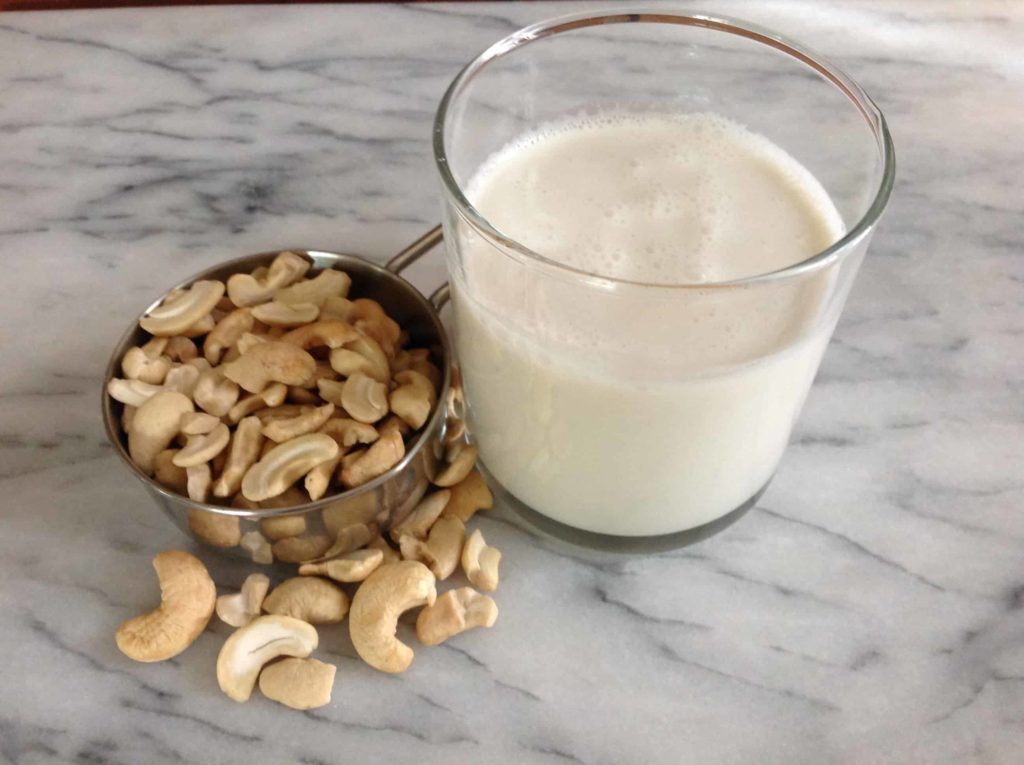It’s normal to have a certain amount of fat in your liver, because processing dietary and blood fats is a big part of what the liver does. But in certain situations, fat can start to build up in the liver. If that goes on unchecked, it can cause inflammation, liver damage, and even liver cancer.
This episode also available as a podcast. Click to listen.
In its early stages, a fatty liver doesn’t really cause any symptoms. It’s most likely to be detected through a physical exam, during which your doctor might be able to feel that your liver is enlarged. Blood tests, imaging, and/or biopsies can confirm the diagnosis.
What Causes Fatty Liver Disease?
Many people associate liver disease with alcohol abuse. But most people suffering from fatty liver disease are not alcoholics. It’s also important to note that eating a high-fat diet does not necessarily lead to fatty liver disease.
Non-alcoholic fatty liver disease (NAFLD) is more likely to be caused by chronically high blood sugar and insulin resistance, which we tend to see in people who are overweight, as well as in those with Type 2 diabetes or pre-diabetes. At last count, one third of the adult population has some degree of fatty liver—and that’s about the same percentage as suffers from Type 2 diabetes. NAFLD is actually the most common chronic liver condition in the world.
Fatty liver disease often goes hand in hand with other risk factors for heart disease as well, such as high triglycerides. In fact, those with NAFLD are much more likely to die of heart disease than liver disease.
OK enough with the bad news. Here’s the good news: Fatty liver disease can often be reversed and the liver can be restored to full health through diet and lifestyle changes.
How to Reverse Fatty Liver
Lose weight. The number one thing you can do to reverse fatty liver is to lose weight. Losing even 5% of your body weight can be enough to start to roll back the damage, even if you are still significantly overweight.
Although continuing to lose weight may offer further benefits, you are much better off losing a modest amount of weight and keeping it off than you are losing a large amount of weight and then regaining it.
It’s also important to lose weight gradually, because rapid weight loss can actually make NAFLD temporarily worse. Fortunately, slow weight loss is easier to achieve and easier to sustain.
Fortunately, slow weight loss is easier to achieve and easier to sustain.
See also: The case for slow weight loss
Reduce your intake of sugar and other refined carbohydrates. Because these foods are rapidly converted to blood sugar, eating a lot of sugar and refined flour can lead to chronically elevated blood sugar levels. This in turn triggers the release of insulin from the pancreas, which works to clear blood sugar out of the bloodstream and into cells.
But if your body is constantly releasing insulin in order to deal with a constant influx of sugar, the cells can become resistant to its effects…sort of the way you start to tune out noise that’s constantly in the background.
When your cells stop responding to insulin you end up with chronically high blood sugar AND chronically high blood insulin levels and you are well on your way to diabetes (if you’re not there already.)
But all is not lost! By cutting down on sugary, starchy foods, you can lower your blood sugar levels and reduce the amount of insulin your body is calling for. Over time, your cells will start to become more responsive, sort of the way you would be more likely to hear your phone ringing in a quiet house than in a noisy cafe.
In some cases, your doctor may suggest a prescription drug that helps improve insulin sensitivity. This can be useful but doesn’t necessarily have to be a long term solution.
Get your fat from healthy sources. It’s not necessary to go on a low-fat diet but you do want to emphasize foods that are rich in monounsaturated fats, such as olive oil and avocado, and omega-3 fats, found in fish and flaxseed. Saturated fats from meat, dairy, and butter and omega-6 fat from vegetables oils should be in the background.
Ramp up your intake of antioxidant rich foods. Oxidative stress is another feature common to Type 2 diabetes, fatty liver disease, and heart disease. But research on the use of antioxidant supplements in these conditions have shown mixed results. A better strategy is to increase your intake of antioxidants from foods like non-starchy vegetables, mushrooms, fruits, herbs, spices, tea, and coffee.
The Mediterranean diet pattern tends to promote a healthy balance of fats, a low intake of sugar, and lots of antioxidant rich foods. Not surprisingly, it has been shown to be helpful for those with NAFLD.
Exercise in a balanced way. Regular exercise can help improve your insulin sensitivity which can in turn help reverse NAFLD. But a balance of cardiovascular exercise (such as walking, cycling, jogging) and strength training (with weights, resistance bands or your own body weight) is more effective than simply getting your heart rate up. Try to get some cardiovascular exercise on a daily or near daily basis but be sure to include strength training once or twice a week.
For more tips on putting together a great fitness program, check out the Get Fit Guy podcast.
The Bottom Line
Non alcoholic fatty liver disease, in addition to being a mouthful to say, can be an awfully scary and intimidating diagnosis to receive. But it can also be a warning sign of bigger troubles ahead.
Fortunately, it’s also one of those things that you can turn around by making a commitment to a healthier diet and lifestyle. The liver has an almost miraculous ability to heal itself if we simply give it a bit of a break.
For more information and resources on non-alcoholic fatty liver disease, you can visit the American Liver Foundation at liverfoundation.org.
Originally published at QuickandDirtyTips.com

 Grilling is a quick, convenient, and delicious way to prepare many foods. However, grilling can also create carcinogenic compounds called HCAs and PAHs, which are formed when proteins and fats in meat interact with high or direct heat.
Grilling is a quick, convenient, and delicious way to prepare many foods. However, grilling can also create carcinogenic compounds called HCAs and PAHs, which are formed when proteins and fats in meat interact with high or direct heat.

